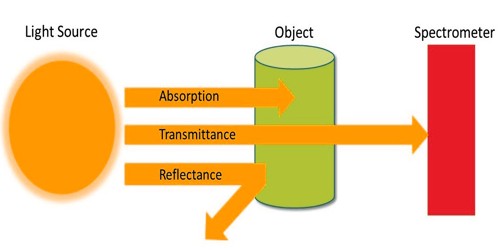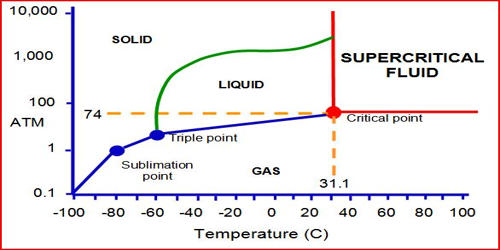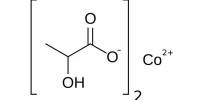Absorption spectroscopy is a technique used to find out what makes up a sample of a substance – in other words, a chemical analysis. It is a molecular spectroscopy method that uses the wavelength-dependent absorption characteristics of materials to identify and quantify specific substances. It is one of the most widely used techniques employed for determining the concentrations of absorbing species in solutions.
It works as an analytical chemistry tool that can determine if a particular substance is present in a sample and often also quantify how much of the substance is present. When a full spectrum of light (light with all the colors, like light from the sun) passes through the sample (which is often a gas) some specific colors do not show up on the other side. These colors of light are being absorbed by the sample. An image is created of the spectrum of light with black breaks where the light has been absorbed. Infrared and ultraviolet-visible spectroscopy is particularly common in these kinds of analytical applications. These breaks are called absorption lines, and every element has its characteristic pattern of absorption lines. The principle of absorption spectroscopy is to measure how much light is absorbed by the sample.
There are many different approaches for measuring absorption spectra. On an atomic scale, this happens because of the electrons in the atoms of the sample – an electron can absorb light to gain energy. The most common one is to point a generated beam of light at a sample and detect the intensity of the radiation that goes through it. The process of an electron going to a higher energy level is called excitation. For any atom of a particular element, the energy needed to excite an electron from one specific energy level to another will be the same. The energy that is then transmitted is used to calculate the absorption. Different materials absorb different wavelengths based on their molecular and chemical make-up. This is important because it allows us to compare the absorption lines of say, the atmosphere of a faraway planet, to the absorption lines of elements we know to exist in a lab. We can then reach a conclusion about what the distant planet’s atmosphere may be made of.
















